Cambrian
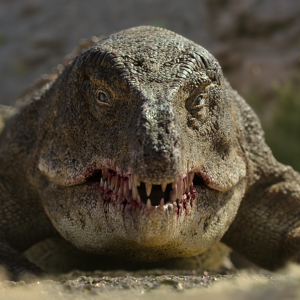
Life On Our Planet
Published on October 25th, 2023 | by David Marshall
We're granted exclusive access to this new Netflix documentary... Read More →

The Silurian period is a division of earth’s history spanning from around 443 to 419 million years ago, and during which the first land ecosystems were established. Plants began to cover the continents, which in turn made the land habitable for arthropods such as the arachnid-like trigonotarbids. In the oceans, arthropods reached enormous sizes with sea scorpions over 2 meters long. Vertebrates continued to diversify and the first bony fish appeared. The climate during the Silurian was warm, with sea levels reaching 140 meters above present. At the end of the Silurian, the Iapetus Ocean finally closed resulting in the collision of the supercontinents Laurentia and Gondwana. This collision formed the Caledonian and Appalachian mountains (which at the time were much closer together, forming a continuous mountain chain).

Published on October 25th, 2023 | by David Marshall
We're granted exclusive access to this new Netflix documentary... Read More →
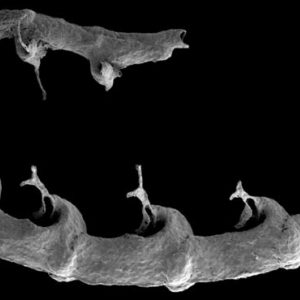
Published on October 15th, 2016 | by Laura Soul
Graptolites are small colonial organisms, each made up of many tiny, genetically identical zooids joined together by tubes. They’ve been around since the Cambrian and at times in Earth’s history have been very morphologically and taxonomically [&hellip... Read More →
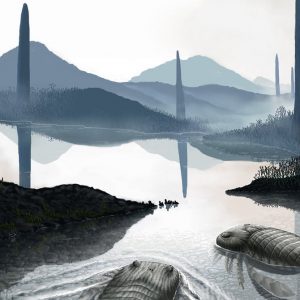
Published on August 15th, 2016 | by David Marshall
Plants, Animals and fungi; these are all three of the Kingdoms of life we’re all most familiar with, but what you might not know is that fungi are more closely related to animals than they are [&hellip... Read More →
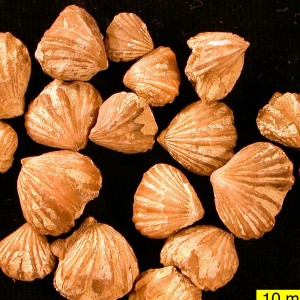
Published on February 1st, 2015 | by David Marshall
Brachiopods are some of the most common fossils to be found in rocks worldwide. Their thick, hard and (often) calcareous shells make them preferentially preserved in the fossil record. We probably all have found one, but [&hellip... Read More →
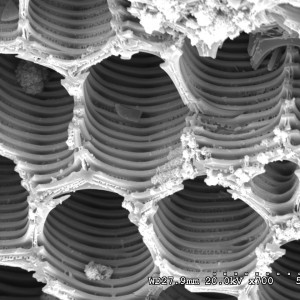
Published on October 15th, 2013 | by David Marshall
Most people would consider fire to be an entirely destructive process, however given the right circumstances organic materials can be exquisitely preserved by charcoalification. We no doubt all know charcoal from the BBQ, but how many of [&hellip... Read More →
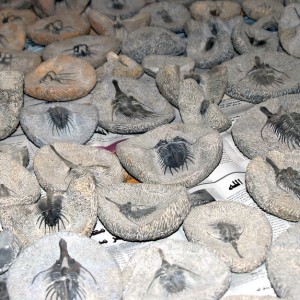
Published on July 1st, 2013 | by David Marshall
Trilobites are one of the most instantly recognisable groups of fossils. They were present from the very start of the Paleozoic and went on the fill a great number of ecological roles before going extinct at the Permo-Triassic [&hellip... Read More →
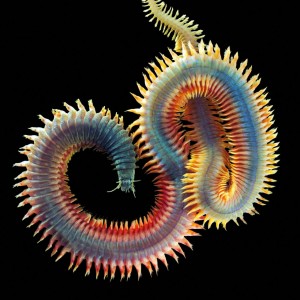
Published on February 15th, 2013 | by David Marshall
Fossils, at the best of times, are difficult to interpret. Palaeontologists attempt to reconstruct organisms from what little remains are left. This can be relatively simple for groups that we are familiar with today; you can [&hellip... Read More →